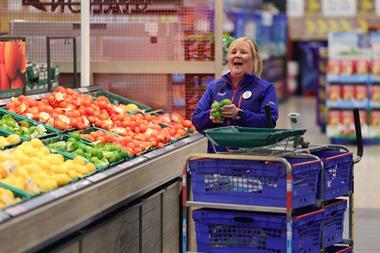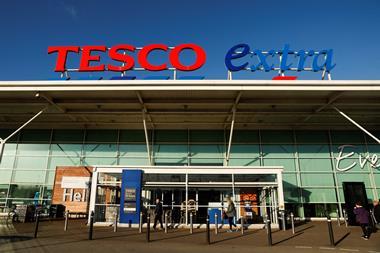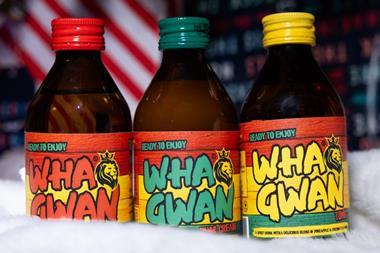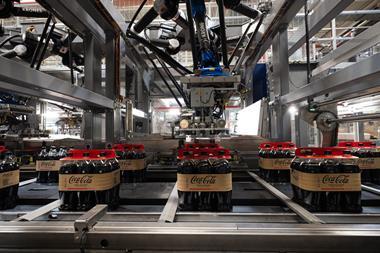While Tesco's awesome interim results may have been welcomed by financial institutions, a recent poll conducted by the Yorkshire Post found that 75% of respondents believed that the supermarket's dominance in the UK was limiting consumer choice.
Critically for Tesco, the industry has been here before, particularly with A&P Supermarkets in the US in the 1930s and Safeway in Canada in the early 1980s. These are both viewed as milestone international cases where regulatory intervention was needed to stop supermarket dominance, because both companies had a significant share of their respective markets.
Tesco chief executive Sir Terry Leahy claims that the number of convenience retailers is on the up ('Independents lash out over Tesco's small store optimism', The Grocer, 7 October). But, whatever the source of his statistics, it is impossible to hide the fact that without regulatory mediation, a dominant supermarket force inevitably eliminates both competition and consumer choice.
We've already had reports of alleged 40% discount offers by Tesco in Withernsea, where it was competing with an independent chain, and the planning madness of Huntly, where 50,000 sq ft of new retail space opened in a six-week period.
While Tesco's unfettered dominance in the UK is, in our opinion, untenable if a broad spectrum of market and competition diversity is to be maintained, many of us would admit to a quiet admiration of its bold overseas expansion strategy.
Reports suggest that Tesco has plans to build about 170 supermarkets in Thailand this year, almost doubling its market share there.
Some observers might see a looming governance conundrum for Tesco's board of directors as it contemplates the business challenges ahead.
Perhaps the question that needs to be answered is to what ultimate destination is the Tesco leviathan taking shareholders, markets and consumers?
Critically for Tesco, the industry has been here before, particularly with A&P Supermarkets in the US in the 1930s and Safeway in Canada in the early 1980s. These are both viewed as milestone international cases where regulatory intervention was needed to stop supermarket dominance, because both companies had a significant share of their respective markets.
Tesco chief executive Sir Terry Leahy claims that the number of convenience retailers is on the up ('Independents lash out over Tesco's small store optimism', The Grocer, 7 October). But, whatever the source of his statistics, it is impossible to hide the fact that without regulatory mediation, a dominant supermarket force inevitably eliminates both competition and consumer choice.
We've already had reports of alleged 40% discount offers by Tesco in Withernsea, where it was competing with an independent chain, and the planning madness of Huntly, where 50,000 sq ft of new retail space opened in a six-week period.
While Tesco's unfettered dominance in the UK is, in our opinion, untenable if a broad spectrum of market and competition diversity is to be maintained, many of us would admit to a quiet admiration of its bold overseas expansion strategy.
Reports suggest that Tesco has plans to build about 170 supermarkets in Thailand this year, almost doubling its market share there.
Some observers might see a looming governance conundrum for Tesco's board of directors as it contemplates the business challenges ahead.
Perhaps the question that needs to be answered is to what ultimate destination is the Tesco leviathan taking shareholders, markets and consumers?















No comments yet